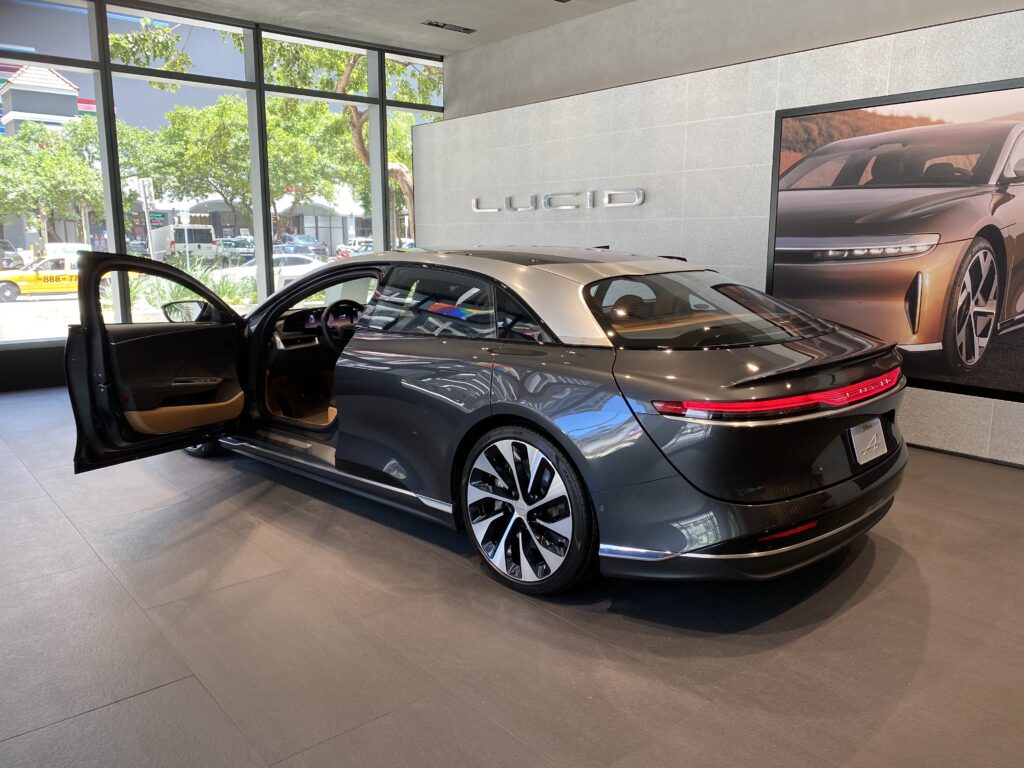The electric vehicle (EV) sector, once buoyed by optimism and innovation, is facing a reality check, and Fisker Inc. is at the epicenter of this tumultuous environment. With the announcement of significant layoffs and a halt in the production of new EV models, the California-based automaker is grappling with a series of challenges that underscore the volatility of the nascent EV market.
Fisker’s decision to lay off 15 percent of its workforce, nearly 200 individuals, marks a significant shift in the company’s strategy as it transitions from a direct-to-consumer business model to a Dealer Partner model. This pivot comes at a critical juncture for Fisker, as it aims to streamline its operations amidst growing financial uncertainty. The reduction in workforce highlights the company’s determination to adapt and survive in a highly competitive landscape.
The halt in investments for upcoming models, a strategic decision contingent on securing a partnership with another automaker, signals a cautious approach by Fisker amidst an unpredictable industry climate. This move, while pragmatic, puts on indefinite hold the anticipation around models such as the Alaska EV pickup, known for its unique features like humongous cup holders and a designated cowboy hat space.
Amid these strategic adjustments, Fisker’s financial performance paints a mixed picture. The company reported a revenue increase in the fourth quarter to $200.1 million, up from $128.3 million in the previous quarter. However, this financial uptick is shadowed by a negative gross margin of 35 percent and a per-share loss of $1.23. The production and delivery figures for the Ocean SUV, Fisker’s sole EV model currently on the market, further illustrate the operational hurdles the company faces.
Henrik Fisker, the chairman and CEO, candidly addressed the challenges in a recent statement, acknowledging the unpredictable period the industry is navigating. His remarks reflect a sobering reality for Fisker, as the company recalibrates its outlook for 2024, aiming for a conservative estimate of delivering between 20,000 and 22,000 Ocean models globally.

The backdrop to these developments is a broader industry pattern of electric vehicle manufacturers encountering significant headwinds. Fisker Inc. finds itself in a precarious financial position, urgently in need of additional funding to sustain operations. With cash reserves of $395.9 million, of which more than $70 million are restricted, the company faces a critical juncture. Its engagement in negotiations with a “large automaker” for an investment and joint production of future EVs is a potential lifeline, albeit one that underscores the urgency of Fisker’s situation.
This reality check for Fisker Inc. is emblematic of the challenges facing the electric vehicle sector at large. As companies navigate financial constraints, production delays, and shifting business models, the path forward requires resilience, adaptability, and strategic foresight. For Fisker, the journey ahead is fraught with uncertainty, but it also presents an opportunity to redefine its approach to innovation and sustainability in the evolving automotive landscape.
Related posts:
Fisker halts work on new EV models until it finds more money
Fisker (FSR) to Cut 15% of Workforce, Reveals Going-Concern Warning – Bloomberg





